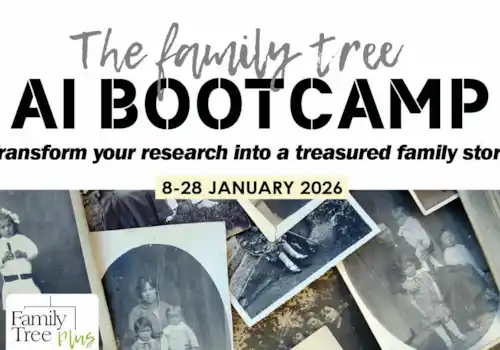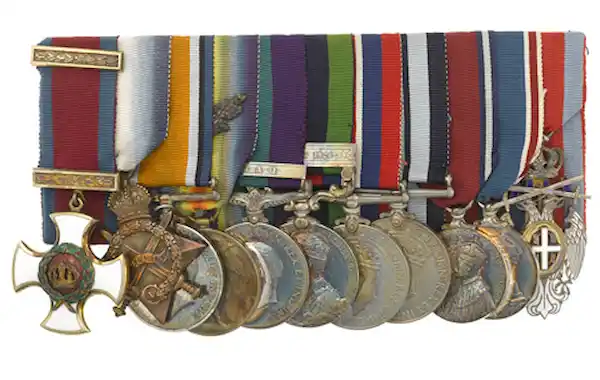30 October 2018
|
The story behind a Distinguished Service Order medal awarded to an Indian captain is spotlighted on the First World War in Focus website, demonstrating the role of the Indian Army in the Great War.
The story behind a Distinguished Service Order medal awarded to an Indian captain is spotlighted on the First World War in Focus website, demonstrating the role of the Indian Army in the Great War.
In October 1918, Indian medical officer Captain Heerajee Cursetjee was awarded the Distinguished Service Order (DSO) for his bravery during the final stages of the Mesopotamia (now Iraq) campaign – a theatre of war in which the soldiers of the Indian Army played a vital role.
Following the British capture of Baghdad in March 1917, the Turks withdrew north and established their headquarters at Mosul. The British resumed their offensive in late February 1918, but this petered out in April after they had to divert troops to Palestine to support the operations there.
For the next few months, the British were content to consolidate their positions and keep their forces trained and ready for action until the fighting against the Turks could be renewed. Success in Palestine in the autumn of 1918 meant that armistice negotiations with the Turks had begun, but the British attempted to strengthen their bargaining position in Mesopotamia by renewing their advance on the Tigris. They also hoped to secure the oil-rich Mosul region.
A key role in the Mesopotamia campaign
At this stage of the war Indian troops were playing the leading role in the Mesopotamia campaign. By 1918 there were 304,000 Indian soldiers stationed there, as opposed to 107,000 British.
An Anglo-Indian force, that included Cursetjee and the 14th King George's Own Ferozepore Sikhs, therefore left Baghdad under the command of General Sir Alexander Cobbe on 23 October 1918. The following day they reached the Little Zab River, where the Turkish 6th Army was deployed. Its commander, Ismail Hakki Bey, fearing his rear was about to be overrun, began withdrawing towards Sharqat to the north. The British caught up with the Turks just south of Mushak during the evening of 25 October.
Working under fire
On one part of the front the 1st Highland Light Infantry (HLI) attacked, but met stiff Turkish resistance. During the night the 14th Sikhs were ordered to move up on their right and carry out a supporting attack at dawn. This was met with heavy machine-gun and artillery fire. The Sikhs suffered 67 killed and over 250 wounded. During the next two days Cursetjee and his fellow medics worked constantly under fire and had to tend and evacuate the casualties of both the 14th Sikhs and HLI.
As the Turkish withdrawal continued, Cobbe attacked again on 29 October at Sharqat. Both the HLI and the 14th Sikhs advanced as part of 51st Brigade, but the neighbouring 34th Brigade was held up and the attack stalled. During this period of fighting Cursetjee again regularly treated the wounded under fire.
Although British and Indian cavalry units had made some progress elsewhere, the attack looked like failing. But Ismail Hakki Bey, aware of the armistice talks at Mudros, decided to try and save his men rather than continue to resist. He therefore surrendered the following day. The British then advanced on Mosul which they occupied on 14 November.
For his bravery during both engagements Cursetjee was awarded the Distinguished Service Order (DSO). This British military decoration recognised ‘meritorious and distinguished service’ by officers. His citation in ‘The London Gazette’ of 26 May 1919 stated, 'For conspicuous gallantry and devotion to duty at Mushaq, 26th-27th October and at Sharquat, 29th October. Throughout the operations he displayed the greatest zeal and disregard for danger while tending the wounded under heavy fire, working unceasingly for forty-eight hours. He has previously rendered excellent service, and once was severely wounded'.
First World War in Focus
Visit the First World War in Focus website and discover more about the National Army Museum's commemorative activities. Major General Cursetjee’s uniform and medals are on display in the permanent Battle gallery, on the first floor upper level, at the National Army Museum.








.jpg)